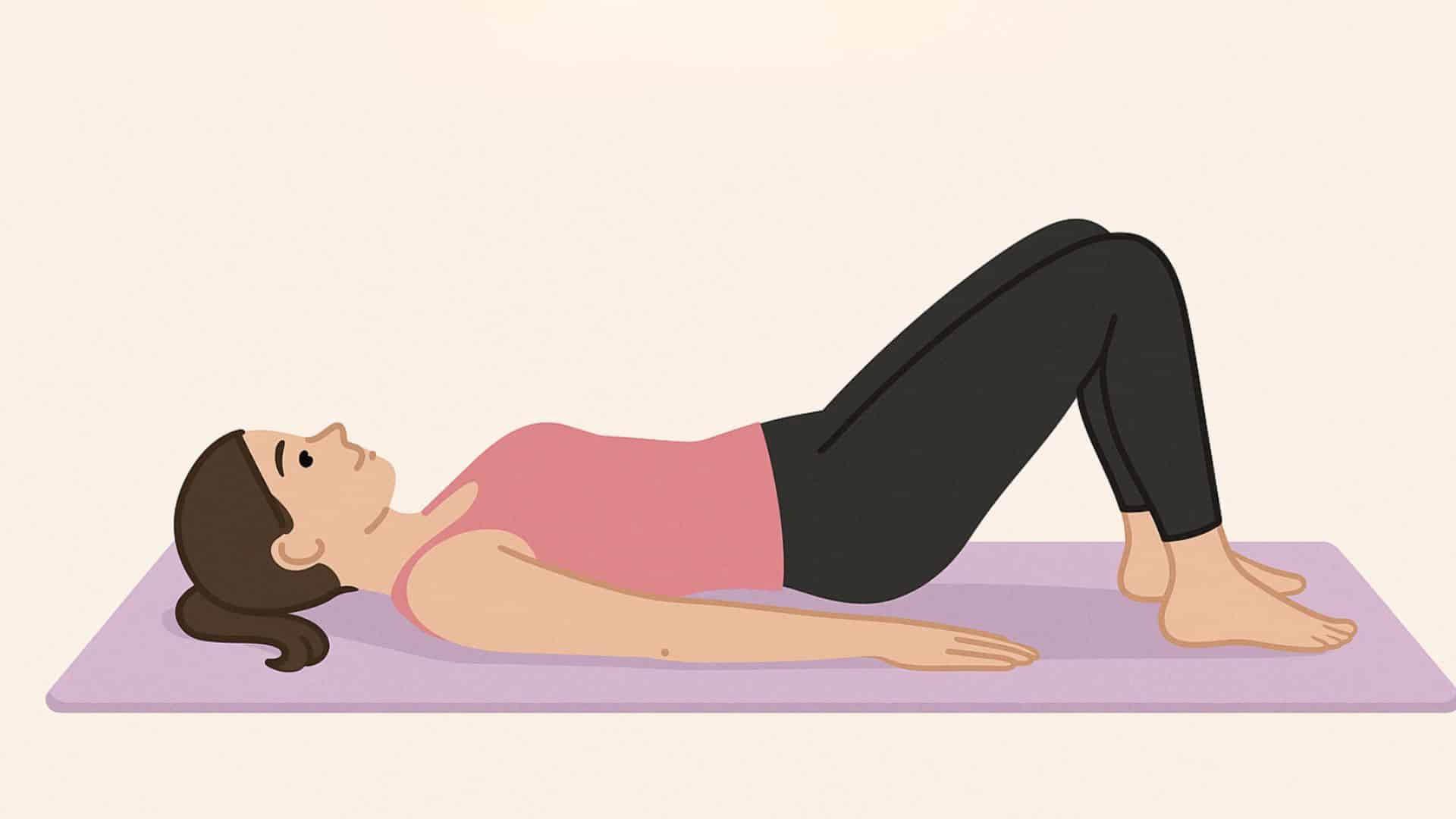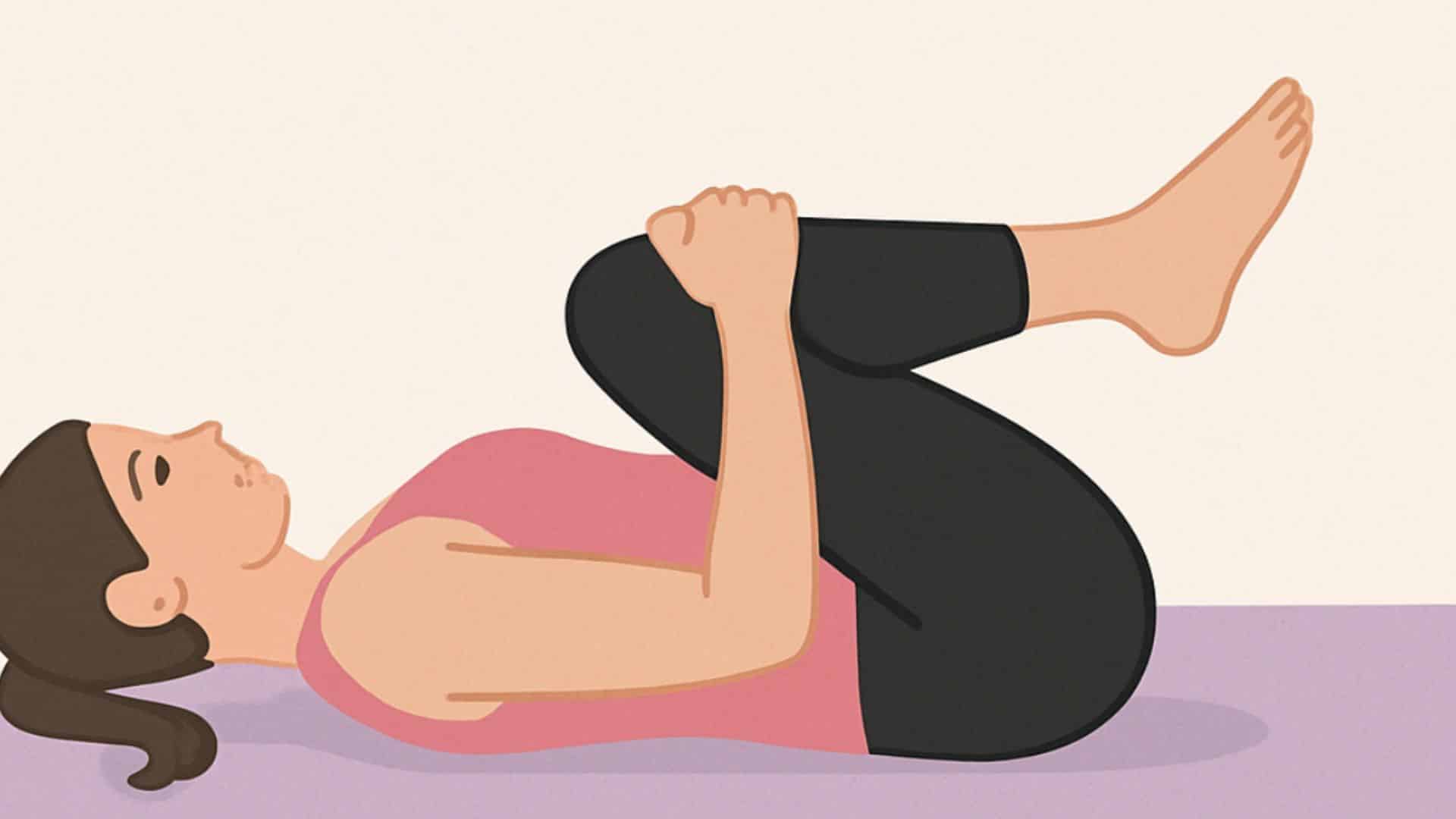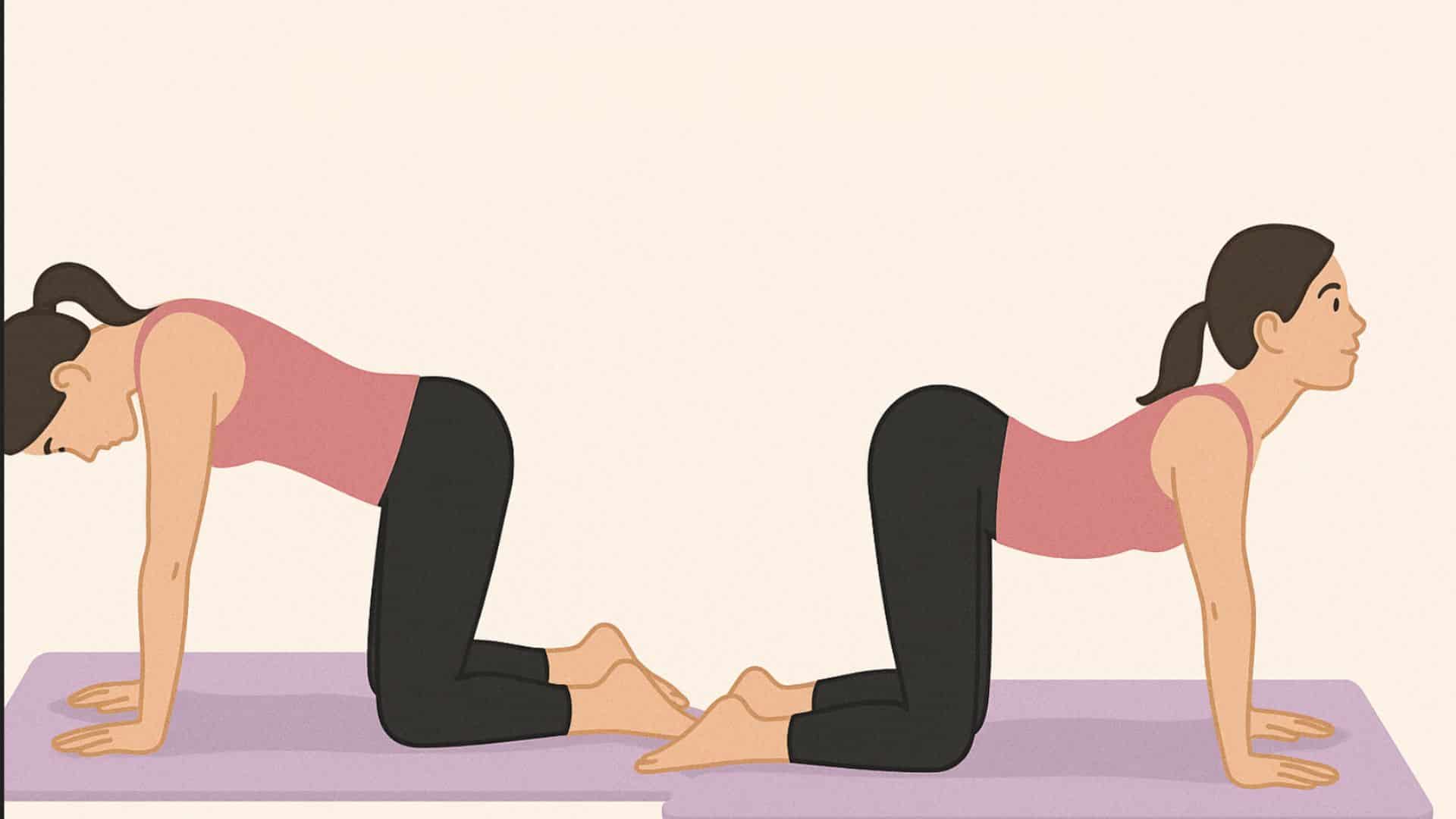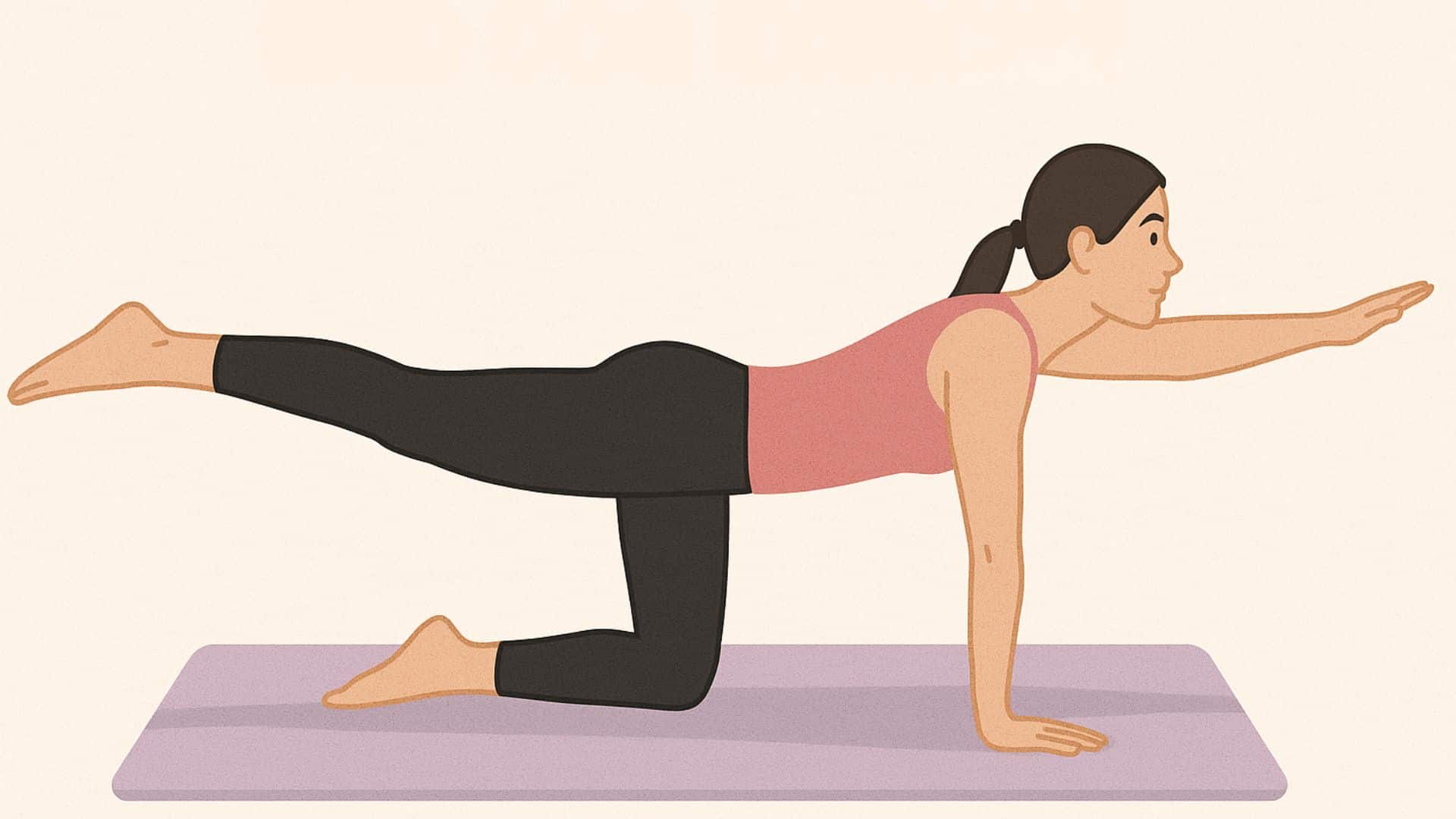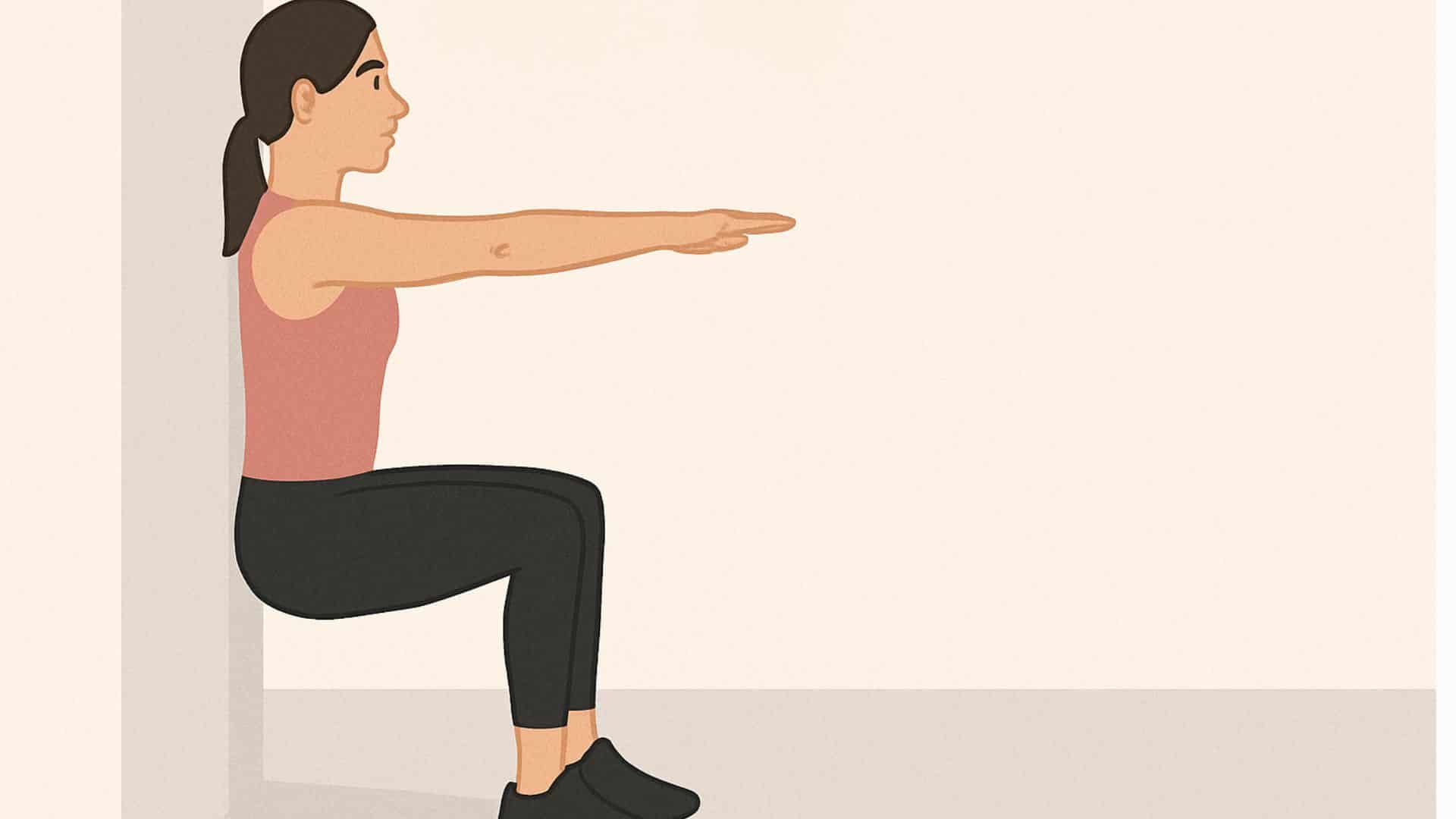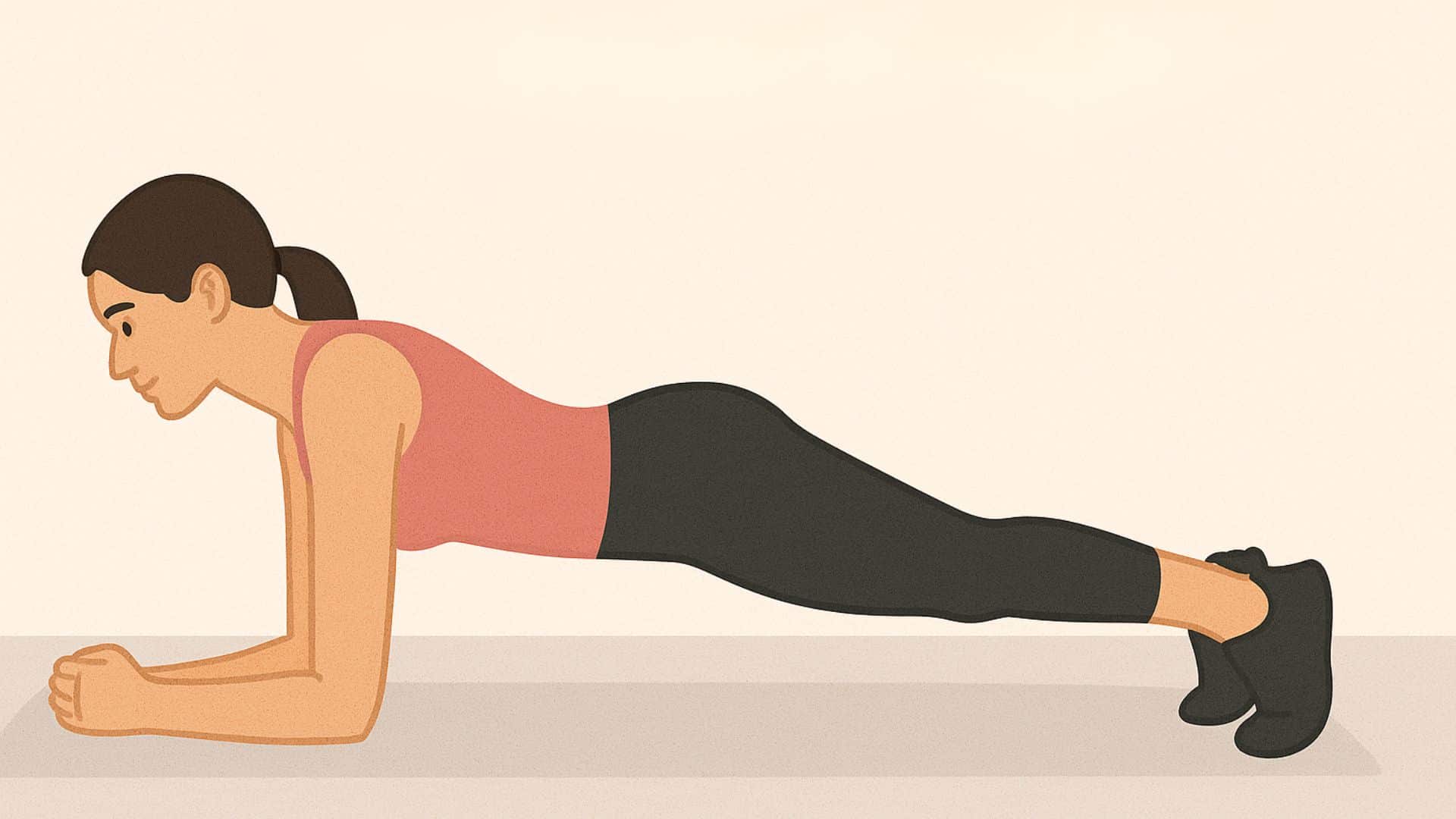Are you tired of living with constant lower back pain that shoots down your leg?
Many people suffer from L4-L5 disc problems that make simple tasks like sitting, walking, or bending feel impossible. This type of pain doesn’t just hurt your body; it steals your quality of life and limits what you can do each day.
But you don’t have to accept this pain as your new normal. The right exercises can help reduce your L4-L5 disc pain naturally, strengthen your spine, and get you back to doing the things you love. These proven techniques have helped thousands of people find relief without surgery or heavy medications.
In this guide, you’ll learn exactly what the L4-L5 disc is, recognize common symptoms, and get step-by-step instructions for powerful exercises that can help you reclaim your life from chronic back pain.
What is the L4-L5 Disc?
The L4-L5 disc sits between your fourth and fifth lumbar vertebrae in your lower back. This disc acts like a cushion, helping your spine move smoothly while carrying your body weight.
It has a tough outer ring and a soft center that absorbs shock. The L4-L5 disc supports your upper body, allows bending and twisting, and maintains proper spacing between vertebrae for healthy nerve function.
Common Symptoms of L4-L5 Issues
- Lower back pain that worsens when sitting or bending forward
- Sharp, shooting pain down one or both legs (sciatica)
- Numbness or tingling in your leg, foot, or toes
- Muscle weakness in your leg or foot
- Difficulty walking or standing for long periods
The L4-L5 disc faces more stress than other spinal discs, making it prone to several problems. These include disc degeneration and herniation, bulging and narrowing, pain that shoots down your leg, and numbness with muscle weakness. As you age, the disc loses water content and becomes less flexible, which can lead to stiffness and discomfort.
Check out Back Pressure Point Therapy and feel the difference today. Try this simple pressure point technique that complements your L4-L5 exercises beautifully.
Benefits of Exercise for L4-L5 Pain Relief
Exercise is one of the most effective ways to manage L4-L5 disc pain naturally. Regular physical activity strengthens your spine, improves flexibility, and helps your body heal faster. Here are the key benefits of exercise for L4-L5 pain relief:
- Strengthens Core Muscles: Exercise builds stronger abdominal and back muscles that support your spine and reduce pressure on the L4-L5 disc.
- Improves Flexibility: Regular stretching increases spine flexibility, reducing stiffness and improving your range of motion in the lower back area.
- Increases Blood Flow: Physical activity boosts circulation to the disc area, delivering nutrients needed for healing and reducing inflammation naturally.
- Reduces Muscle Tension: Exercise helps relax tight muscles around the L4-L5 area, decreasing spasms and relieving pain in your lower back.
- Promotes Natural Pain Relief: Physical activity releases endorphins, your body’s natural painkillers, which help reduce L4-L5 disc pain without medication.
- Prevents Further Injury: Strong muscles and good flexibility protect your spine from future L4-L5 problems by improving stability and movement patterns.
- Improves Posture: Exercise helps correct poor posture habits that put extra stress on your L4-L5 disc throughout the day.
Recommended Exercises for L4-L5 Disc Pain Relief
The right exercises can help reduce L4-L5 disc pain and improve your spine health. These gentle movements focus on strengthening your core, improving flexibility, and reducing pressure on the affected disc. Always start slowly and stop if you feel increased pain.
1. Pelvic Tilts
Starting Position: Lie on your back with knees bent and feet flat on the floor. Keep your arms at your sides.
Instructions:
- Tighten your abdominal muscles and gently flatten your lower back against the floor
- Hold this position for 5 seconds while breathing normally
- Slowly release and return to the starting position
- Repeat 10-15 times, 2-3 times daily
Benefits: Strengthens core muscles and reduces lower back arch that can pressure the L4-L5 disc.
2. Knee-to-Chest Stretches
Starting Position: Lie on your back on a firm surface with both legs extended.
Instructions:
- Slowly bring one knee toward your chest using both hands
- Hold the stretch for 20-30 seconds while breathing deeply
- Feel the gentle stretch in your lower back and hip
- Slowly lower the leg back to starting position
- Repeat with the other leg, then both legs together
- Perform 3-5 repetitions per leg, twice daily
Benefits: Relieves pressure on the L4-L5 disc and stretches tight hip flexors.
3. Cat-Cow Stretches
Starting Position: Get on your hands and knees with wrists under shoulders and knees under hips.
Instructions:
- Start with a neutral spine position
- Slowly arch your back, dropping your belly and lifting your head (Cow position)
- Hold for 2-3 seconds
- Slowly round your back toward the ceiling, tucking your chin to chest (Cat position)
- Hold for 2-3 seconds and return to neutral
- Repeat 10-15 times, moving slowly and smoothly
Benefits: Improves spine flexibility and reduces stiffness in the L4-L5 area.
4. Bird Dog Exercise
Starting Position: Start on hands and knees with your back straight and core engaged.
Instructions:
- Slowly extend your right arm forward while lifting your left leg back
- Keep your hips level and avoid rotating your torso
- Hold for 5-10 seconds while maintaining balance
- Slowly return to starting position
- Repeat with opposite arm and leg
- Complete 8-10 repetitions on each side, twice daily
Benefits: Strengthens core muscles and improves spine stability around the L4-L5 disc.
5. Wall Sits
Starting Position: Stand with your back against a wall, feet shoulder-width apart.
Instructions:
- Slowly slide down the wall until your thighs are parallel to the floor
- Keep your knees directly over your ankles, not pushed forward
- Hold this position for 20-30 seconds while breathing normally
- Slowly slide back up the wall to standing position
- Rest for 30 seconds between repetitions
- Perform 3-5 repetitions, once or twice daily
Benefits: Strengthens leg and core muscles while maintaining proper spine alignment.
6. Modified Plank
Starting Position: Lie face down, then prop yourself up on your forearms and knees.
Instructions:
- Keep your forearms parallel and elbows under your shoulders
- Engage your core muscles and keep your back straight
- Hold this position for 15-30 seconds while breathing normally
- Avoid letting your hips sag or rise too high
- Slowly lower back down to starting position
- Rest for 30 seconds between repetitions
- Perform 3-5 repetitions, once daily
Benefits: Builds core strength to support the L4-L5 disc without putting pressure on your back.
7. Gentle Spinal Twists
Starting Position: Lie on your back with knees bent and feet flat on the floor.
Instructions:
- Keep your shoulders flat on the ground throughout the movement
- Slowly lower both knees to one side while keeping feet together
- Hold the stretch for 20-30 seconds, feeling the gentle twist
- Slowly return knees to center position
- Repeat on the other side
- Perform 3-5 repetitions on each side, twice daily
Benefits: Improves spinal mobility and reduces stiffness around the L4-L5 disc area.
Precautions While Performing Exercise for L4-L5
Following proper precautions is essential when exercising with L4-L5 disc issues. These safety measures help prevent further injury and ensure your exercises are effective. Always prioritize safety over intensity to protect your spine during recovery.
| Category | Precautions |
|---|---|
| Before Starting | Consult your doctor before beginning any exercise program |
| Pain Management | Stop immediately if you experience sharp pain or numbness |
| Movement Speed | Move slowly and control each movement – avoid jerky motions |
| Intensity Level | Start with fewer repetitions and gradually increase over time |
| Proper Form | Focus on correct technique rather than speed or intensity |
| Breathing | Breathe normally throughout each exercise – don’t hold your breath |
| Surface | Use a firm, flat surface for floor exercises |
| Progression | Increase difficulty only when current level feels comfortable |
| Rest Days | Allow rest days between exercise sessions for recovery |
| Heat/Ice | Apply ice after exercise if you experience swelling or inflammation |
| Professional Help | Seek physical therapy if pain worsens or doesn’t improve |
Listen to your body and never push through pain. These precautions help ensure your exercise routine supports healing rather than causing additional harm to your L4-L5 disc.
Conclusion
L4-L5 disc pain doesn’t have to control your life. The seven exercises in this guide offer a natural, effective way to strengthen your spine, reduce pain, and improve your daily function.
Remember that consistency is key performing these movements regularly will give you the best results for long-term relief.
Start slowly, listen to your body, and follow the safety precautions we’ve outlined. With patience and dedication, you can build the strength and flexibility needed to support your L4-L5 disc and prevent future problems.
Ready to take the next step? Have questions about L4-L5 disc pain? We’d love to help you find the answers you need.
Take the next step in healing—visit our Recovery & Wellness hub for expert-driven guidance


